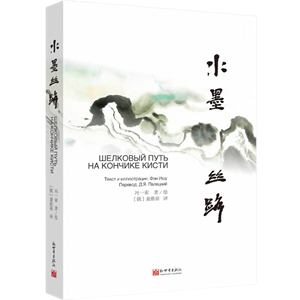This book starts with the figures of Confucianism, Taoism, Buddhism and Buddhism in Ming and Qing dynasties. It uses images as the center to classify and research traditional Chinese figure paintings. It will provide an effective image reference and systematic arrangement in the research on the development and evolution of traditional Chinese painting. This book uses Buddhism (Buddhism), Taoist god system and Confucian gods and figures (including Confucius portraits, genealogical paintings, and other sages and sergeants images, etc.) as the basic system for classification. The origin, development, and era characteristics of these figures Carrying out image analysis to show the unique contemporary character and rich spiritual connotation of Chinese figure paintings in different eras. Through the vivid presentation of the figure paintings of Confucianism, Taoism and Buddhism in the Ming and Qing Dynasties in China, this book fully demonstrates the development context of traditional Chinese culture, has a good educational effect, and meets the increasing aesthetic needs of the public; interpreting traditional Chinese culture from an aesthetic perspective, it is The vivid expression of the Chinese spirit; through researching and sorting out the characters of Confucianism, Taoism and Buddhism, it is of great significance for the inheritance and understanding of traditional Chinese culture, and the establishment of cultural self-confidence, which is of great significance to the prosperity and development of current Chinese culture, especially the inheritance and innovation of traditional culture and artistic spirit.





























